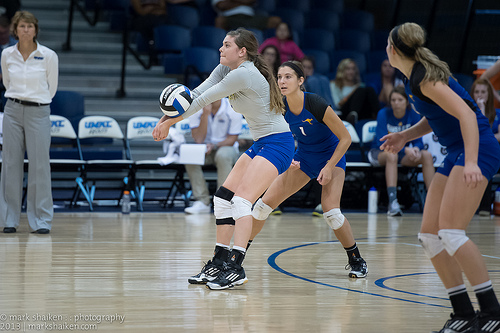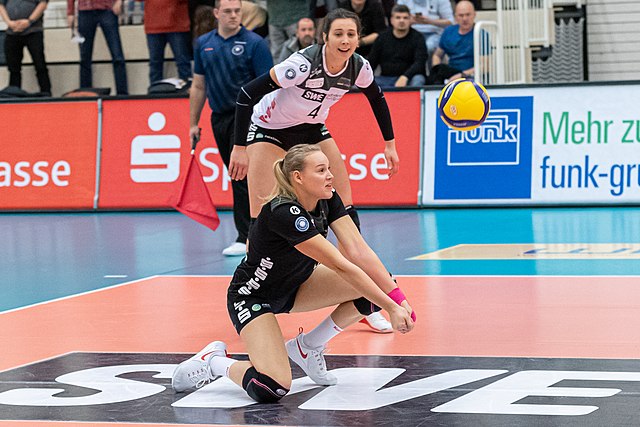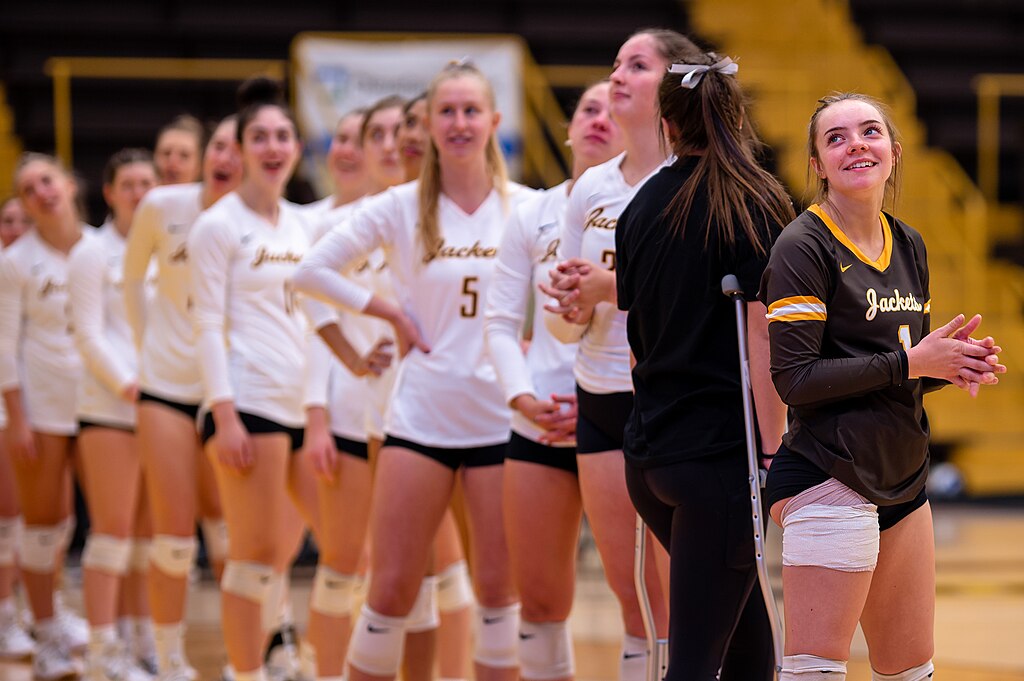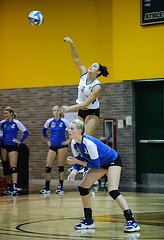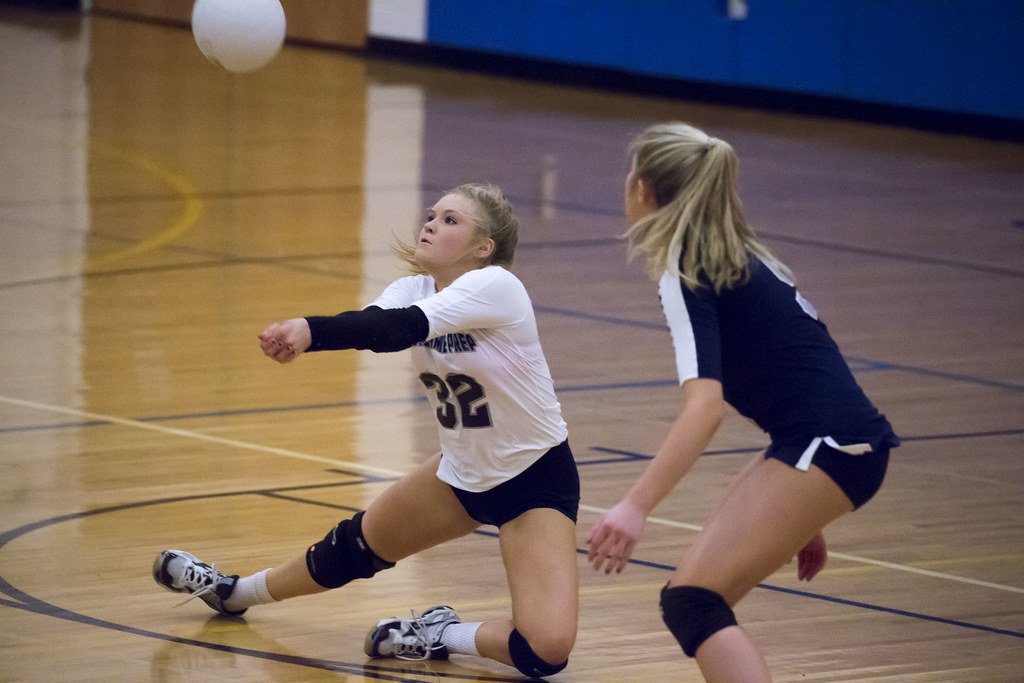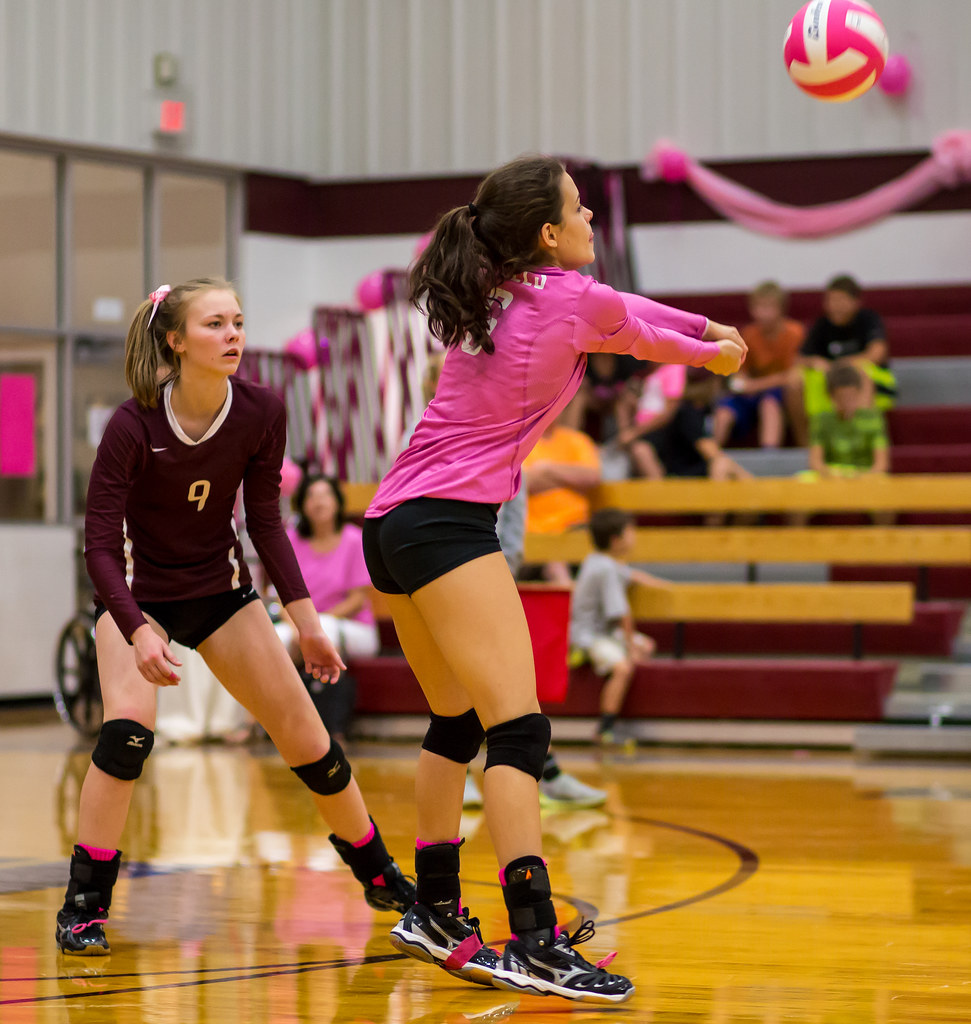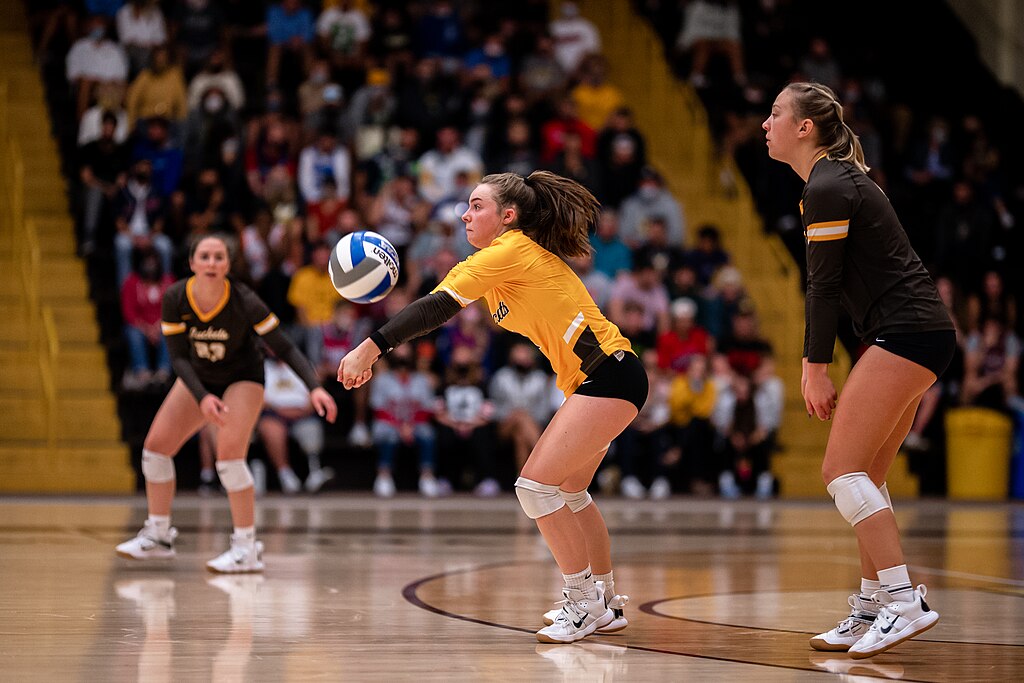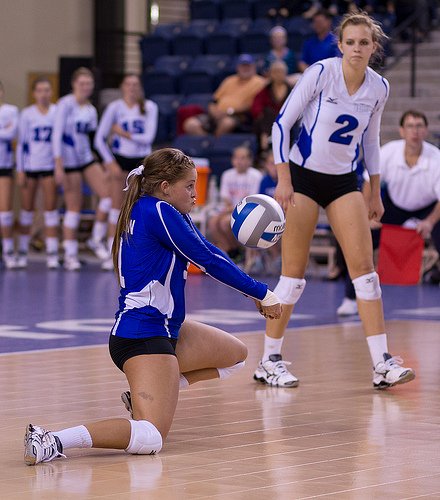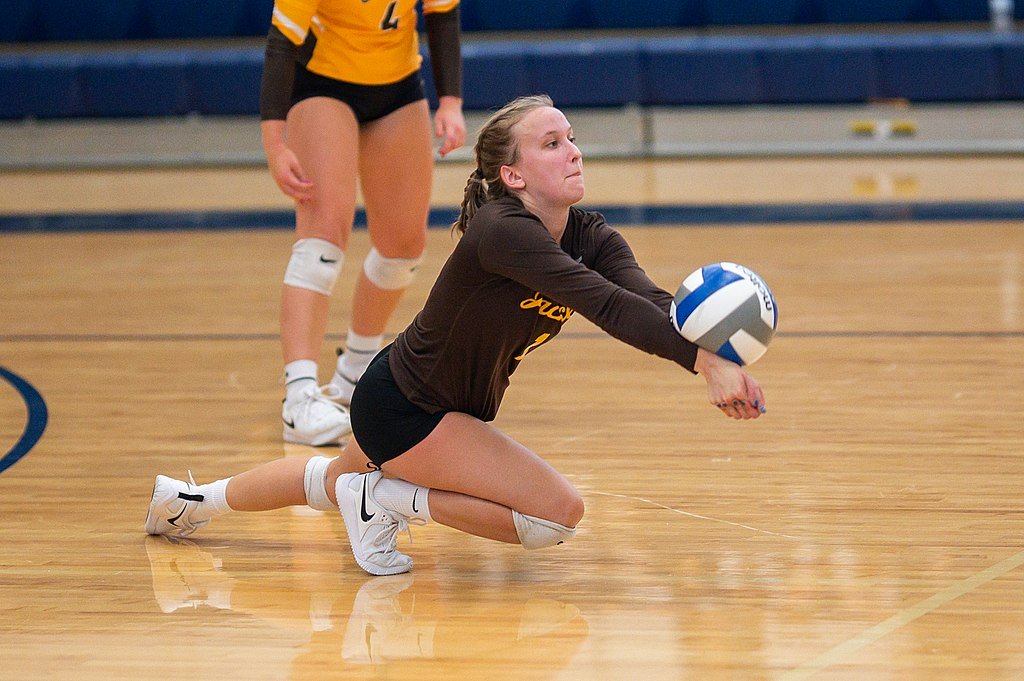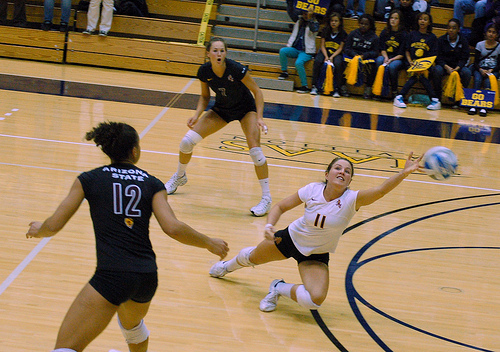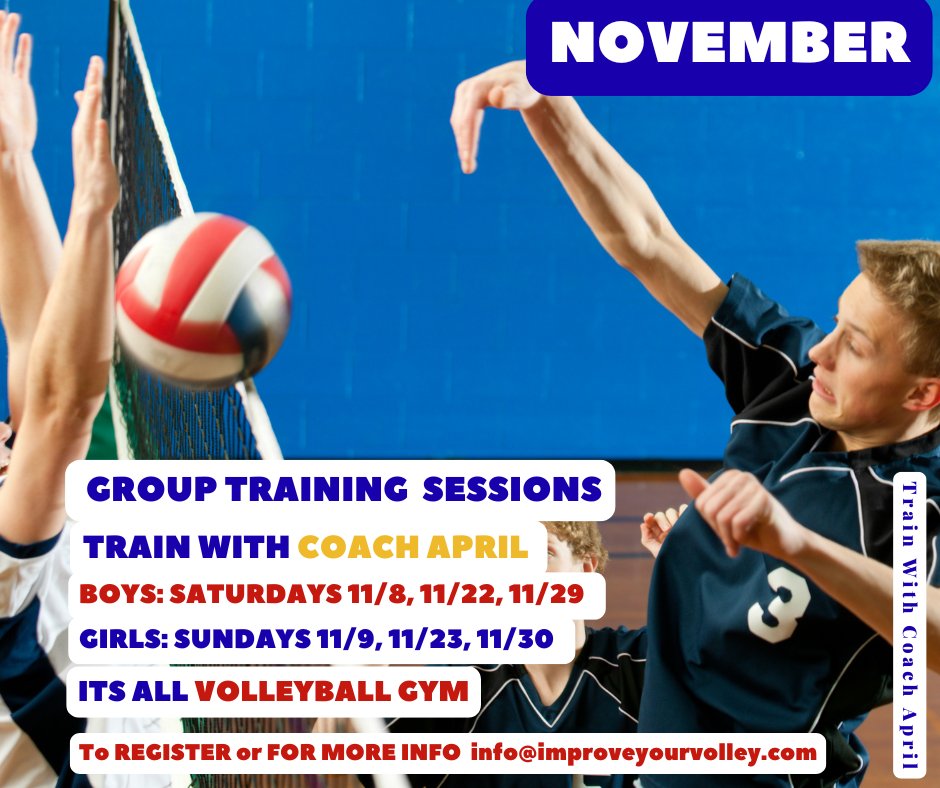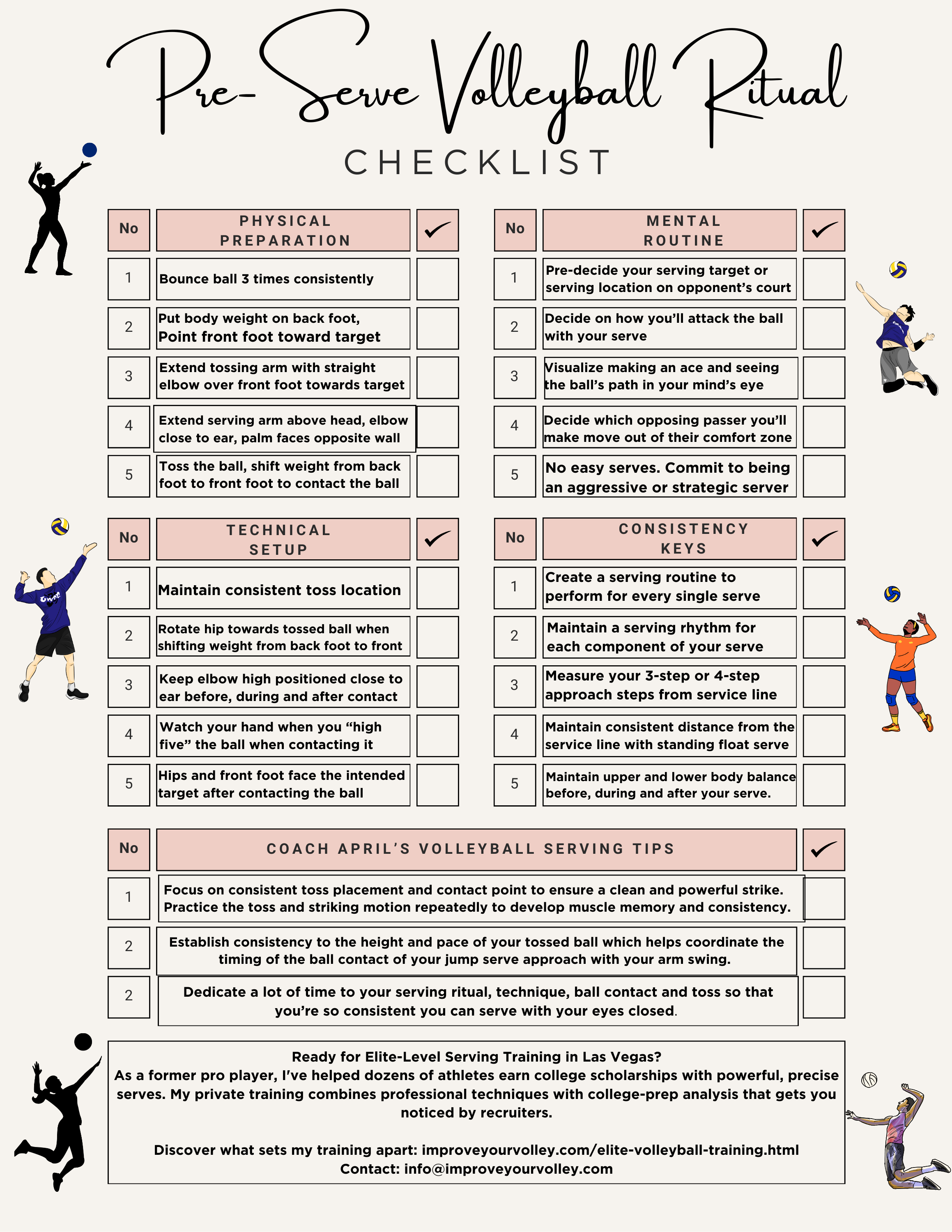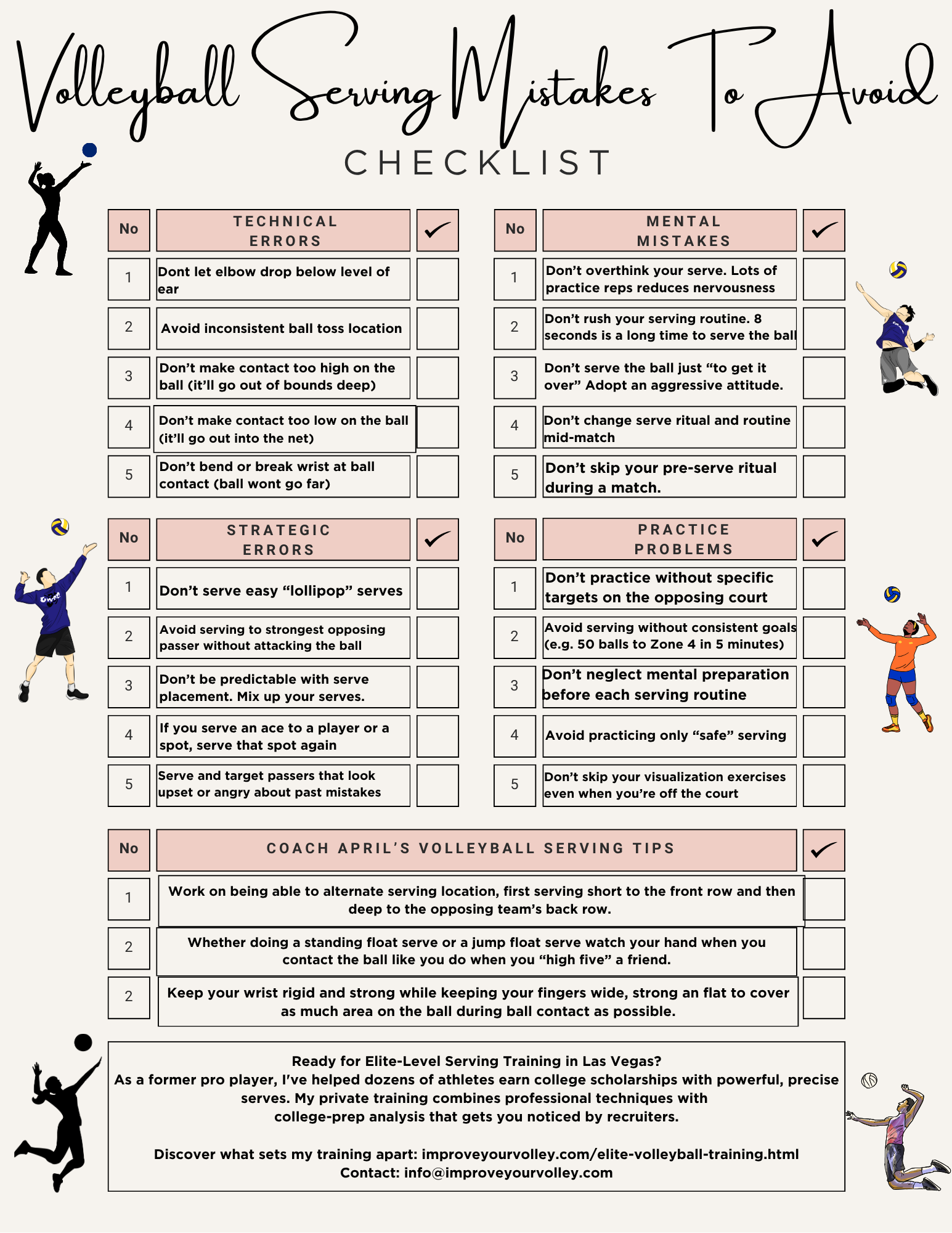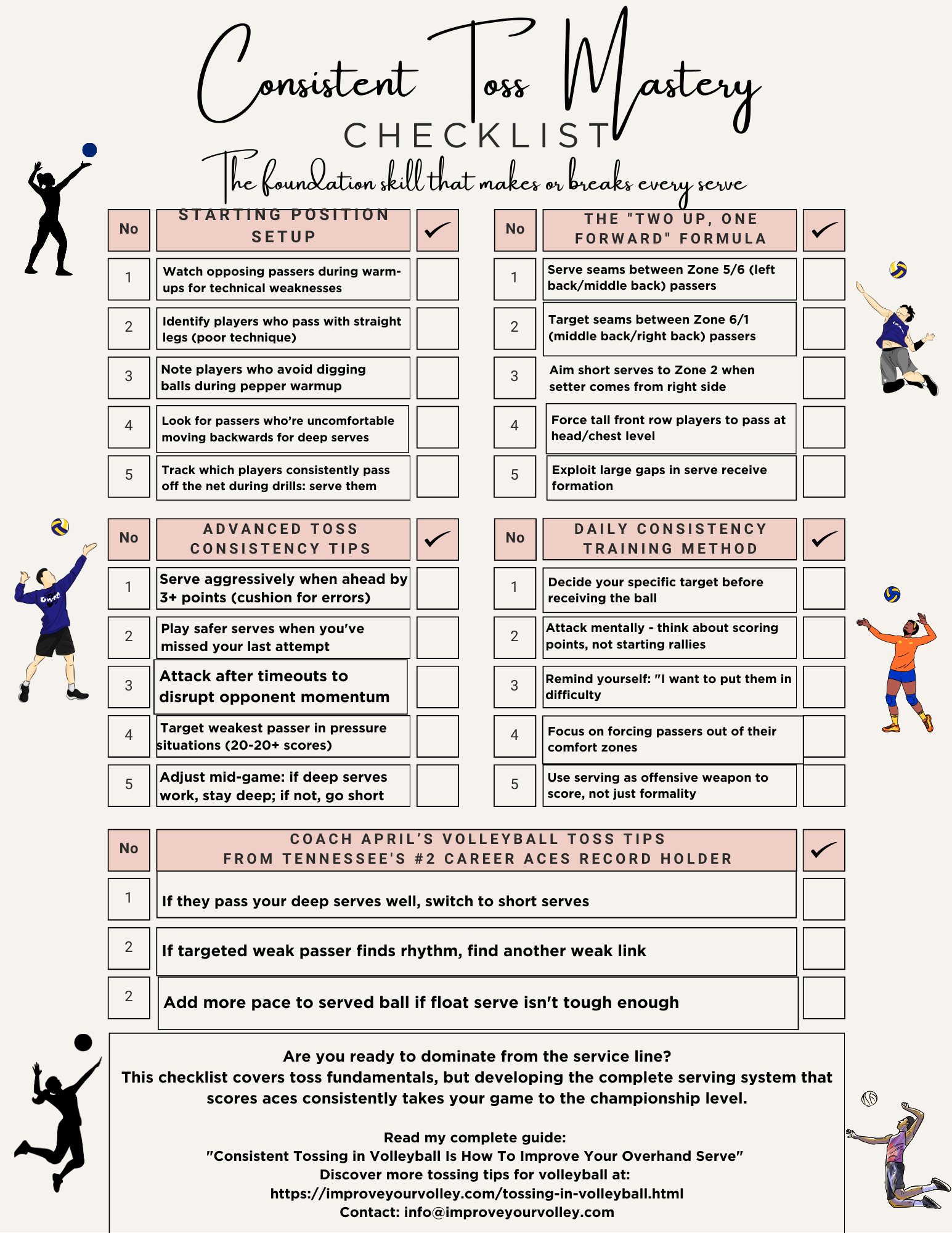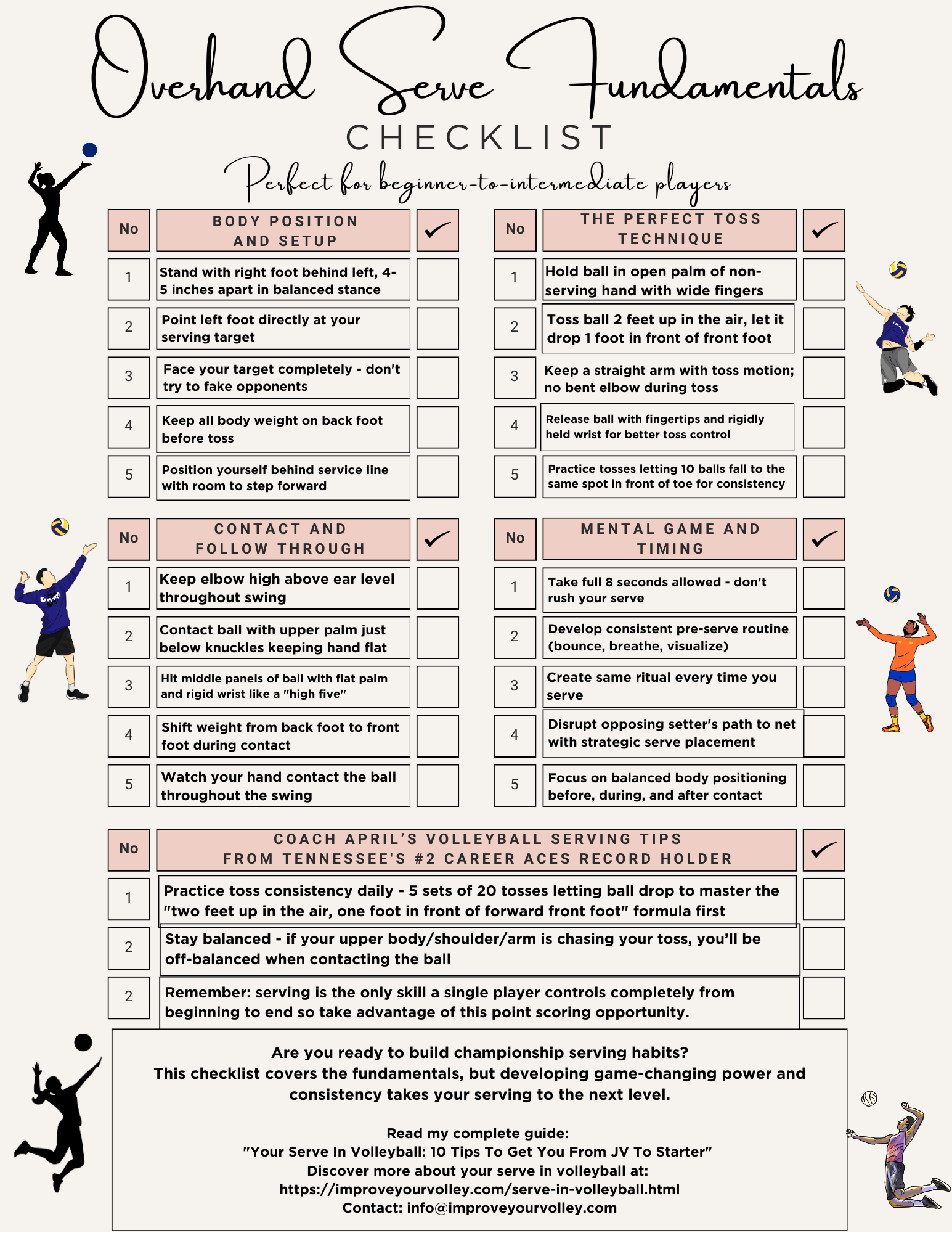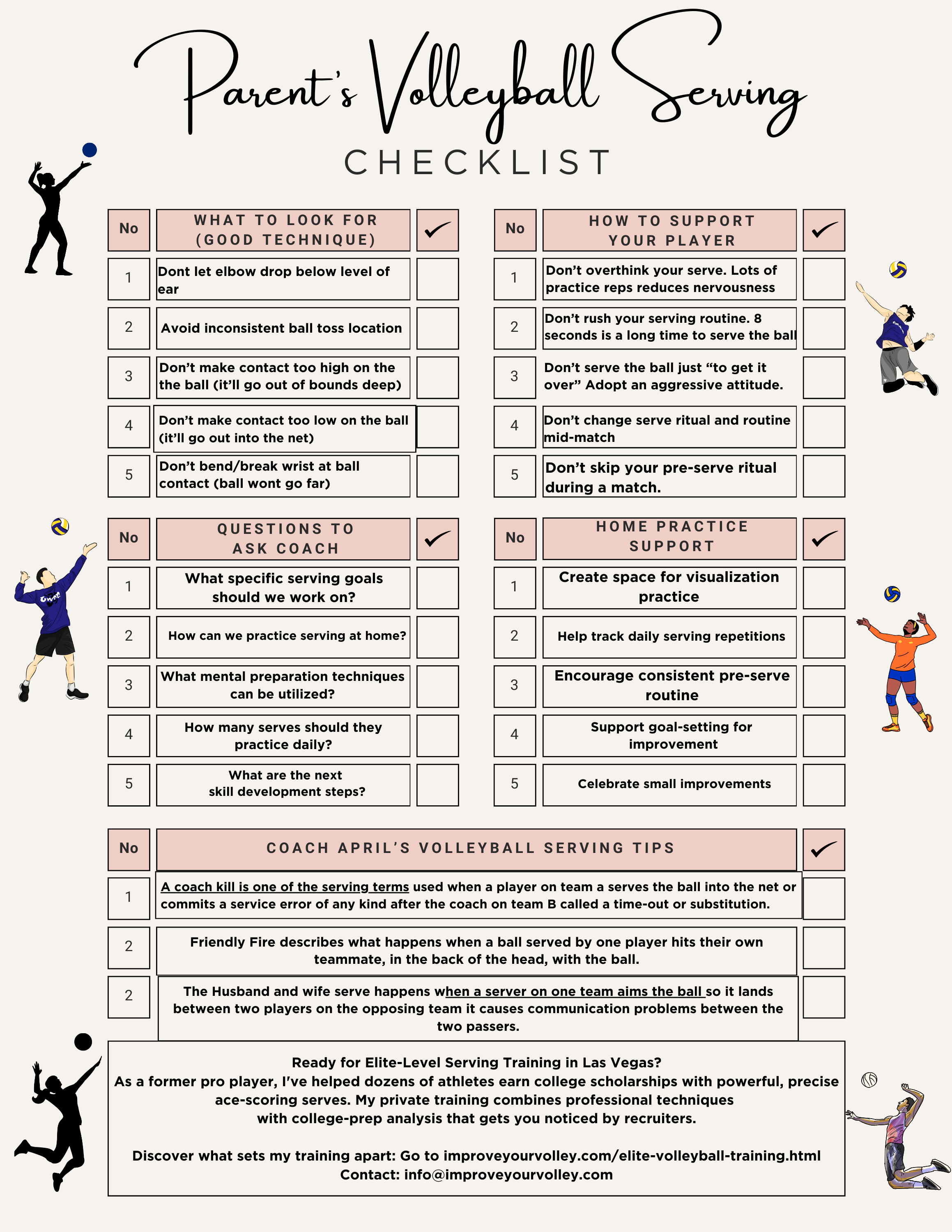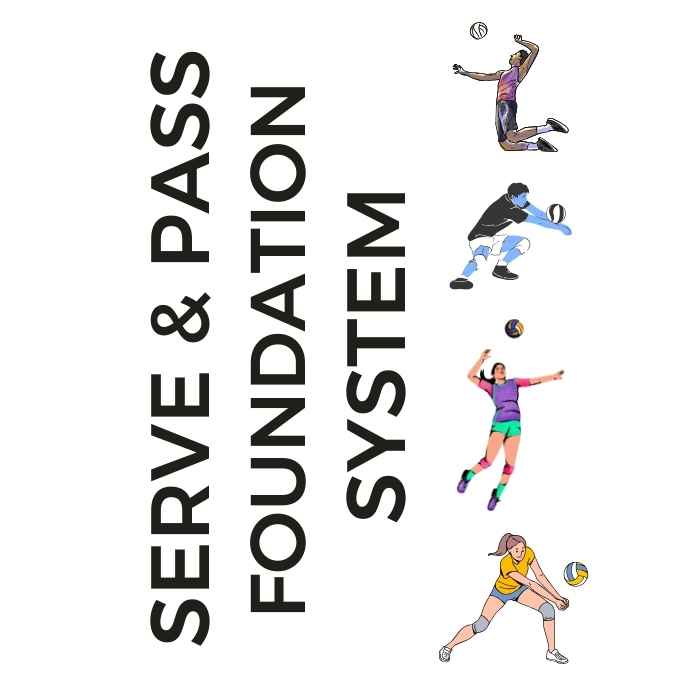
Serve + Pass Foundation System: The Complete Skills Arsenal The two-skill mastery system that transforms inconsistent players into the athletes coaches build their lineups around. Stop Struggling With The Two Most Important Skills In Volleyball!
- Improve Your Volleyball with Coach April
- Volleyball Game Rules: Serving, Score,
- Volleyball Libero Rotation
Volleyball Libero Rotation: A Guide to Roles and Responsibilities
Lets explore volleyball libero rotation including offensive and defensive strategies for maximizing their impact during rotation transitions
If your athlete struggles with consistent serve receive, gets subbed out, or is overlooked for playing time—this is the fix you’ve been looking for.

Struggling with passing consistency?
I help talented passers tired of getting pulled from games because of inconsistent serve receive skills BUILD passing confidence without expensive private lessons using the same 3-step system that's helped dozens of my athletes get recruited.
Download my eBook for $17.99 and start building the passing confidence that keeps you on the court—and gets you seen by college coaches.
In my libero guide, I will dig into the significance of volleyball libero rotation and provide an in-depth overview of the libero player's specific roles and responsibilities during rotation transitions.
Understanding the essential aspects of libero rotation is crucial for maximizing their impact on the game.
The libero player holds a vital role in volleyball rotation, particularly in the backcourt.
They are renowned for their exceptional defensive skills, including precise passing, digging, and defensive maneuvers.
The primary responsibility of the libero during rotation transitions is to cover the court defensively and be the primary passer in serve receive formations.
"File:2019-12-21 Volleyball, 1. Bundesliga Frauen, VfB 91 Suhl Lotto Thüringen - Schwarz-Weiss Erfurt IMG 2028 by Stepro.jpg" by Steffen Prößdorf is licensed under CC BY-SA 4.0 .
With my focus on how liberos optimize their contributions during rotation transitions, I show you some strategies and tactics that increase the libero's impact on the overall success of the team.
Understanding the Role of the Libero
"2019-11-27 Volleyball, 1. Bundesliga Frauen, Schwarz-Weiss Erfurt - SC Potsdam 1DX 2706 LR10 by Stepro" by Steffen Prößdorf is licensed under CC BY-SA 4.0 .
Their primary responsibility is to cover the court defensively and to be a primary passer in serve receive formations during rotation transitions.
A libero's versatility and agility make them indispensable in both serve reception and on defense.
What're Some Strategies for Maximizing the Libero's Contributions
1. Defensive Court Awareness
The libero needs to have a good understanding of positioning in rotation transitions.
The libero needs to be able to anticipate the opponent's attacks by reading cues such as
- hitter body language
- hitter spike approach direction
- the speed of the spiking arm
- the height and pace of the set they're about to hit
- the setter's tendencies
By analyzing these cues, the libero can strategically position themselves to maximize their defensive capabilities.
They aim to be in the right place at the right time to make crucial digs, passes, and defensive plays.
Strategically positioning themselves behind blockers is a crucial aspect of a libero's defensive court awareness.
By positioning themselves well, liberos can see the opposing hitter's around the blocks set up by their teammates, which helps their ability to dig and pass effectively.
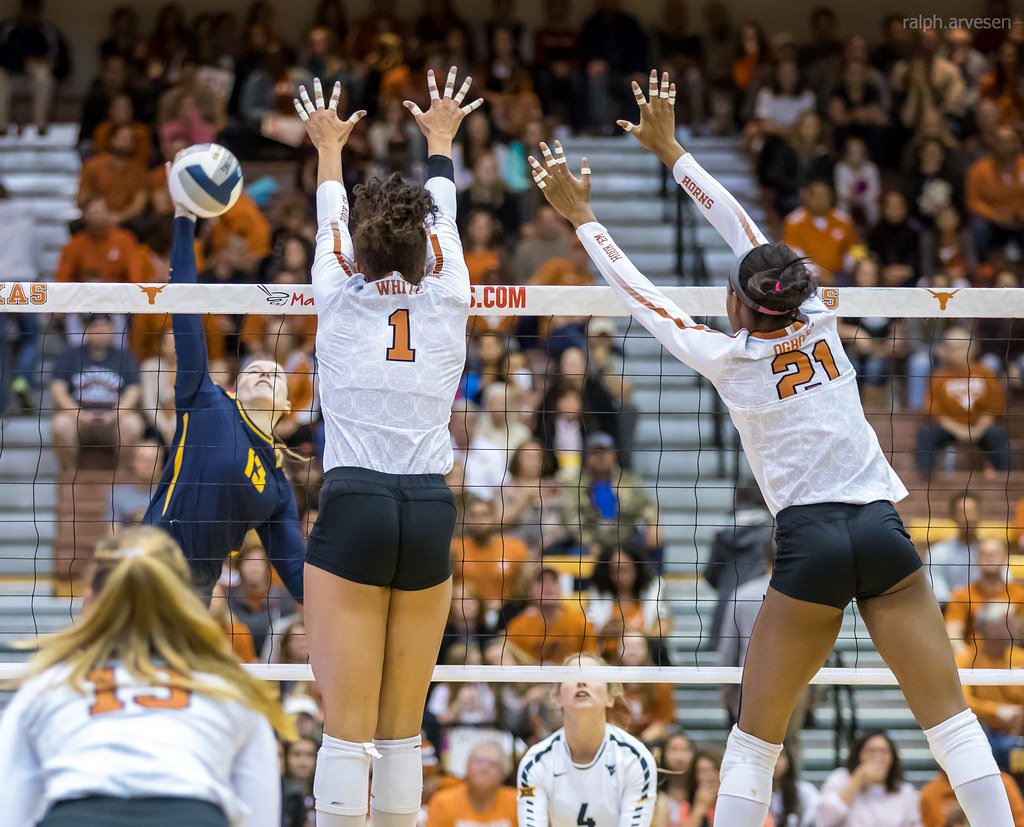
They work together with the blockers, adjusting their position according to the actions of the opposing hitters and the position of their blockers.
Maintaining a strong defensive posture is another key aspect of defensive court awareness.
The libero focuses on maintaining a low and balanced stance, ready to react to any incoming attacks.
This allows them to move quickly and explosively in any direction, providing a solid foundation for their defensive plays.
They combine their court awareness with technical expertise to make precise defensive actions, ensuring that the ball remains in play and avoiding unforced errors.
Overall, defensive court awareness is the foundation of the libero player's defensive capabilities.
It involves not only reacting to the opponent's attacks but also proactively positioning themselves strategically, collaborating with their blockers, and making precise defensive plays.
By honing their court awareness, liberos can maximize their impact during rotation transitions, providing a solid defensive backbone for their team.
2. Seamless Transition Plays
Quick and efficient transition from defense to offense is HUGE for a successful rotation.
Liberos must work in sync with their teammates to smoothly move from base to adjusted defensive positions to specific designated offensive spots, which allows the setter to distribute the ball to their hitters more effectively.
As the libero in the backcourt, they are responsible for initiating the transition by making precise digs or passes to set up the team's offensive play.
It requires excellent court awareness and the ability to recognize and adjust to the flow of the game.
The libero must quickly assess the situation after a defensive play, identifying the optimal moment to transition from a defensive role to contributing on offense. They need to read the play and anticipate the actions of their teammates, understanding their roles and movements within the offensive system. By doing so, the libero can effectively position themselves for a smooth transition to the designated offensive spot.
Communication plays a vital role in seamless transition plays.
The libero must effectively communicate with the setter and other players on the court, providing cues and guidance to ensure proper positioning and timing during the transition.
Liberos must be able to adapt to different offensive systems, adjusting their positioning and roles accordingly.
Additionally, the libero's skill set in passing and setting becomes valuable in the transition process.
Their precise passing allows the setter to quickly set up the offense, optimizing the time and positioning for the hitters.
In certain situations, the libero may also step in to assist the setter in setting the ball, further facilitating the transition from defense to offense.
By seamlessly transitioning from defense to offense, the libero helps maintain momentum and creates opportunities for the team to score points.
Their ability to read the game, communicate effectively, and adapt to different offensive systems contributes to the team's overall success in rotation transitions.
In conclusion, the libero's role in seamless transition plays cannot be underestimated.
Their coordination, communication, versatility, and technical skills in passing and setting play a vital role in maintaining offensive momentum during rotation transitions.
By working in perfect harmony with their teammates, the libero ensures a smooth transition from defense to offense, maximizing the team's scoring opportunities and overall success on the volleyball court.
3. Communication and Coordination

Erik Drost, CC BY 2.0, via Wikimedia Commons
Effective communication is key to successful rotation transitions.
Liberos must communicate with their front row players, providing lots of important information about defensive coverage and directing plays giving teammates feedback from the backrow.
The libero acts as the eyes and ears of the team, constantly scanning the court and communicating important information to their teammates.
By relaying vital information, such as the positioning of opponents, the location of gaps in the defense, and opponents' tendencies, the libero helps their teammates anticipate and react to the opponent's attacks effectively.
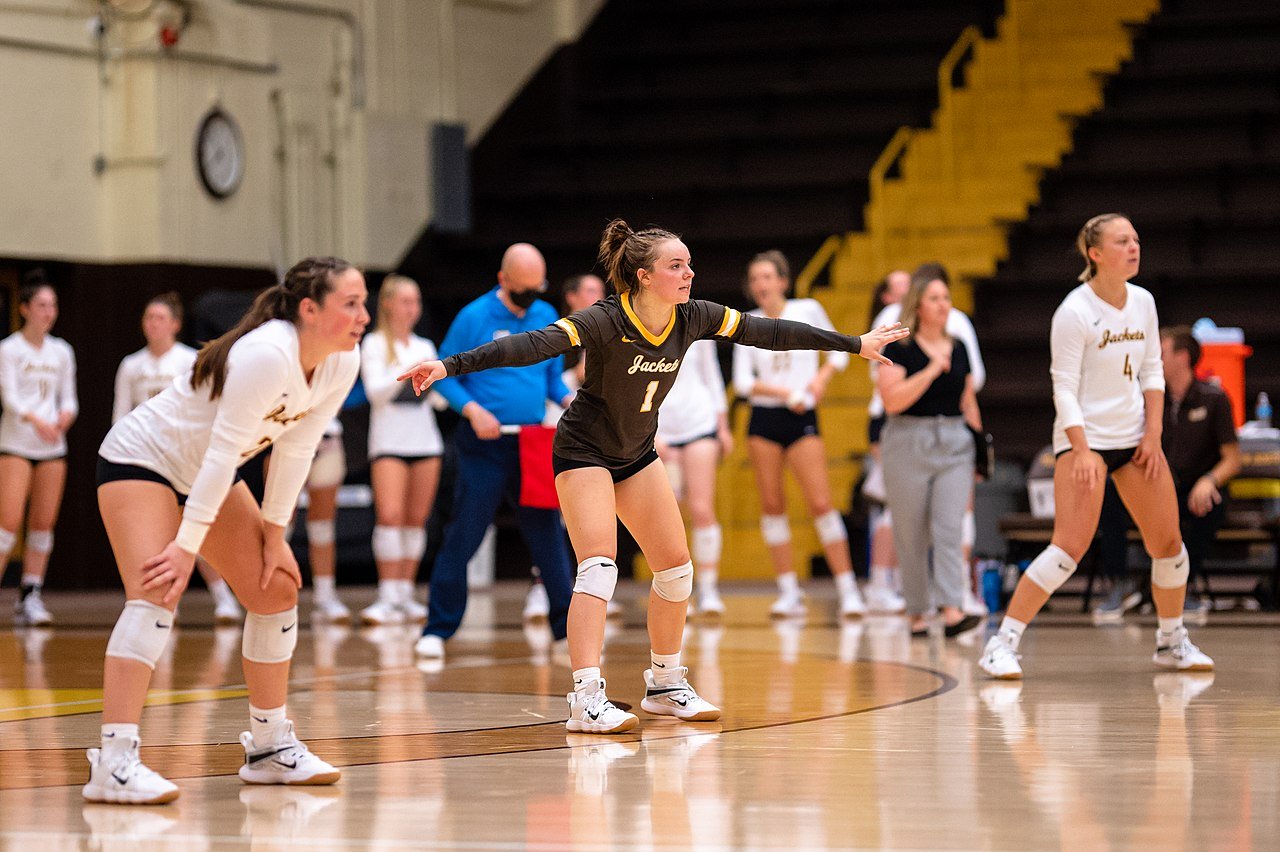 The libero acts as the eyes and ears of the team, constantly scanning the court and communicating important information to their teammates.
They must effectively communicate with their fellow backcourt players, providing valuable feedback, and coordinating defensive movements.
(photo Erik Drost)
The libero acts as the eyes and ears of the team, constantly scanning the court and communicating important information to their teammates.
They must effectively communicate with their fellow backcourt players, providing valuable feedback, and coordinating defensive movements.
(photo Erik Drost)In addition to defensive communication, the libero plays a crucial role in directing plays during libero rotation.
They collaborate with the setter and other front-row players, providing valuable insights and directions to optimize offensive opportunities.
Smooth transitions between the backcourt and the frontcourt are essential for maximizing the team's performance during libero rotation.
The libero acts as a bridge, ensuring a seamless flow between defensive and offensive plays.
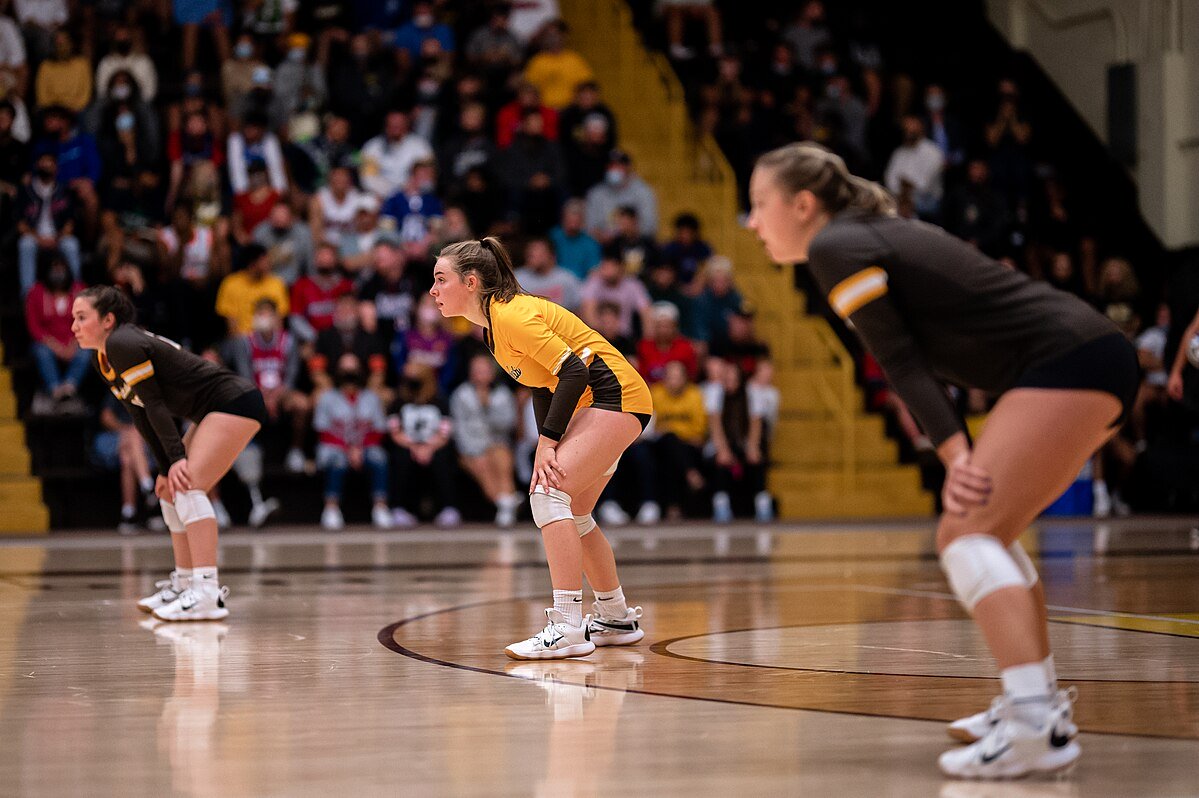 Also, the libero's communication extends beyond their own team.
During libero rotation, they must effectively communicate with their teammates and the coaching staff, ensuring everyone is on the same page and aware of the team's defensive and offensive strategies.
(photo Erik Drost)
Also, the libero's communication extends beyond their own team.
During libero rotation, they must effectively communicate with their teammates and the coaching staff, ensuring everyone is on the same page and aware of the team's defensive and offensive strategies.
(photo Erik Drost)Also, the libero's communication extends beyond their own team.
During libero rotation, they must effectively communicate with their teammates and the coaching staff, ensuring everyone is on the same page and aware of the team's defensive and offensive strategies.
This comprehensive communication approach helps maintain cohesion, enhance teamwork, and optimize the team's performance on the court.
Clear and concise communication is key.
The libero must deliver information in a manner that is easily understood by their teammates, minimizing the risk of miscommunication.
They must be vocal, assertive, and able to quickly process and convey information in high-pressure situations.
The libero's ability to provide critical information, direct plays, and facilitate smooth transitions between the backcourt and the frontcourt is crucial to the team's success.
By communicating clearly and concisely, the libero ensures defensive organization, enables efficient transition plays, and enhances the overall performance of the team on the volleyball court.
4. Adaptability to Different Rotations
Each rotation presents unique challenges and opportunities.
The libero's ability to adapt to different rotations and adjust their positioning accordingly is crucial.
They must maintain versatility, being ready to defend different zones in the backrow and support their teammates when needed.
They must be aware of their surroundings, read and anticipate the opponents' attack patterns, and position themselves strategically to provide the best defensive coverage.
In some rotations, the libero might find themselves responsible for covering a larger portion of the court due to the positioning of teammates.
They need to be agile and swift in making adjustments to ensure that no gaps are left in the defense.
This involves efficiently transitioning between different defensive areas based on the specific needs of the rotation.
By doing so, the libero provides reliable backcourt coverage, making it challenging for the opponent to find weak spots in the defense.
Adaptability also extends to providing support to teammates as needed. In certain rotations, the libero may need to provide extra coverage support to a specific hitter or blocker.
They must be able to read the game and anticipate the needs of their teammates, positioning themselves to assist in both blocking and defensive plays.
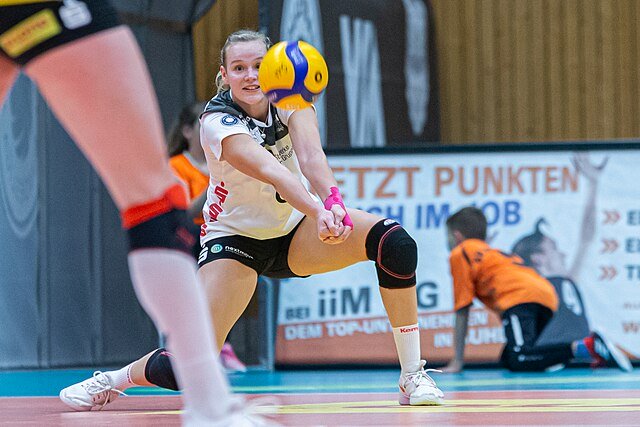 Volleyball Libero Rotation: A Guide to Roles and Responsibilities:
Volleyball Libero Rotation: A Guide to Roles and Responsibilities:This versatility helps maintain a strong defensive presence and allows the libero to contribute to the success of the team in various rotation situations.
Furthermore, the libero's adaptability is not limited to defensive responsibilities. They must also be able to adjust their offensive positioning to optimize their impact during rotations.
Whether it's transitioning to a defensive specialist role or actively participating in the attacking play, the libero's ability to adapt to different rotations and contribute effectively speaks to their versatility.
Overall, the libero's adaptability to different rotations is a crucial aspect of their role.
Their ability to read the game, make quick adjustments, and contribute effectively in both defensive and offensive plays makes them an invaluable asset to the team's performance.
The libero's adaptability to different rotations is essential for maintaining a strong defensive presence and supporting teammates effectively.
Their ability to adjust their positioning and read the game allows them to provide reliable backcourt coverage and contribute to the team's success in various rotation situations.
By being adaptable, the libero ensures a versatile and impactful performance on the volleyball court.
Volleyball Libero Rotation: A Guide to Roles and Responsibilities
Intense Ball Pursuit
The libero's commitment to chasing down every ball is a defining trait.
Their relentless pursuit, combined with fast footwork and precise dives, allows them to make impressive defensive saves and to extend rallies.
Through fast footwork, precise dives, and unwavering determination, liberos can make remarkable defensive saves and extend rallies, contributing to their team's success.
Their ability to anticipate and react quickly allows them to retrieve seemingly unreachable balls, keeping the play alive and giving their team an advantage.
Intense ball pursuit is one of the libero's most notable qualities. They possess an unwavering determination to never let a ball hit the ground without a valiant effort.
From the moment the ball is in play, the libero's instincts kick in, driving them to pursue it with every ounce of energy they have.
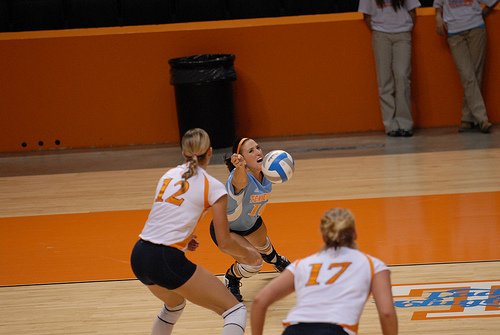 Intense ball pursuit is one of the libero's most notable qualities. They possess an unwavering determination to never let a ball hit the ground without a valiant effort.
From the moment the ball is in play, the libero's instincts kick in, driving them to pursue it with every ounce of energy they have. (photo Tennesee Journalist)
Intense ball pursuit is one of the libero's most notable qualities. They possess an unwavering determination to never let a ball hit the ground without a valiant effort.
From the moment the ball is in play, the libero's instincts kick in, driving them to pursue it with every ounce of energy they have. (photo Tennesee Journalist)Their fast footwork sets them apart, allowing them to cover large areas of the court with remarkable speed.
With lightning-quick reactions, they are able to anticipate where the ball is going, position themselves accordingly, and move swiftly to make defensive reactions.
Their agility and explosiveness enable them to reach balls that seem out of reach to others, extending rallies and frustrating opponents.
Reactive long distance dives are a hallmark of the libero's defensive repertoire. They train meticulously to execute dives with accuracy while still controlling the ball.
These dives, combined with exceptional body control, allow them to make sprawling defensive saves, keeping the ball in play while digging opponents' attacks.
The libero's unwavering determination is a driving force behind their intense ball pursuit.
They possess a deep desire to make a difference in every play, putting their body on the line to keep the ball alive and give their team an advantage.
This unwavering determination inspires their teammates, injecting a level of energy and resilience that can turn the tide of a match.
Also, the libero's ability to quickly anticipate the direction and speed of the ball allows them to react with split-second decision-making.
This anticipation enables them to position themselves optimally, increasing their chances of making successful defensive plays.
Whether it's a powerful spike or a deceptive tip, the libero's anticipation and quick reactions give them an edge in retrieving seemingly unreachable balls.
In conclusion, the libero's intense ball pursuit is a defining trait that showcases their commitment, agility, and unwavering determination.
Their fast footwork, precise dives, and ability to anticipate and react quickly provide their team with a significant advantage on the volleyball court.
Through their relentless pursuit of every ball, liberos keep plays alive, extend rallies, and contribute to their team's success.
Their exceptional defensive skills and tenacity make them an integral part of any team's defensive strategy.
By working on improving these strategies and techniques, liberos can optimize their contributions during rotation transitions, creating a solid defensive foundation for the team.

Erik Drost, CC BY 2.0, via Wikimedia Commons
This enhances the overall dynamics, allowing for improved offensive opportunities and greater success on the volleyball court.
This article explores the role of the libero and delves into strategies for maximizing their impact during rotation transitions. Coaches, players, and enthusiasts will find valuable insights to elevate their understanding and game.
Do You Follow Me on Pinterest?
 Private or semiprivate volleyball indoor/sand lessons are an excellent way for young Las Vegas high school volleyball players to quickly improve their individual skills through a private or semi-private coaching experience.
These lessons are conducted by former pro volleyball player, former USA Volleyball High Performance instructor and Evaluator and Tstreet Vegas 18s head Coach April Chapple on a weekly basis.
Sign up now!
Private or semiprivate volleyball indoor/sand lessons are an excellent way for young Las Vegas high school volleyball players to quickly improve their individual skills through a private or semi-private coaching experience.
These lessons are conducted by former pro volleyball player, former USA Volleyball High Performance instructor and Evaluator and Tstreet Vegas 18s head Coach April Chapple on a weekly basis.
Sign up now!Follow me on Pinterest Volleybragswag to improve your game even faster!
I share alot of individual, partner and easy-to-do volleyball serving drills we do in class with my followers.
Many of these volleyball practice drills you can do at home by yourself or try at your next practice with your teammates.
If you're a B team or JV player trying to make varsity next year...your goal should be to complete 1000 reps a day of at least three of the basic skills on your own...volleyball passing, serving and setting should be at the top of the list.
Libero In Volleyball Rotation:
Where Do You Go From Here?
Good times! Here's where you need to go now? Here are three options:
- Learn more about the game and How To Rotate in Volleyball in the Related Links below.
- Follow the suggested reading on our Sitemap page Learning How To Play (Sitemap)
- Or visit the pages in the How to Play section in the drop down menu at the top of the page.
From Lady Vol to Legend: Coach April Produces Powerful Passionate Players...is that you?
What Are You Looking For?
Click to Download Your Pre Serving Ritual Mastery Checklist pdf:
🎯Volleyball Pre Serving Ritual Guide -
Players! Learn How To Transform Your Serve from Weak to Weapon
Click to Download Your Parent's Volleyball Serving Checklist pdf
🎯Parent's Volleyball Serving Checklist Guide
Parents! Help Your Player Develop Championship Serves (Even If You've Never Played)

Hi there!
Thanks for stopping by. Hope you learned something today that will help you reach your volleyball goals.
Be sure to subscribe to my email newsletter so you can learn more each week!
Stay strong! Stay motivated!
-Coach April

SUSCRIBE to my email newsletter below!
 Click to learn more about the weekly volleyball classes and clinics or email info@imrpoveyourvolley.com for information
Click to learn more about the weekly volleyball classes and clinics or email info@imrpoveyourvolley.com for informationCongratulations to my seven Boys-18s Vegas Volley club players who played in two state championship finals yesterday, the 3A and 5A State champinship finals at Sunrise Mountain High School.
TOURNAMENT CHAMPIONS!
A-1 Vegas Volley VBC
In It To Win It Tournament
May 2 - 4, 2025 Tournament
Gold Medalists
18s Premier Division
Vegas Volleyball's Unsung Heroes: Celebrating Moms with Peace Love Volleyball Shirts
Ready to energize your volleyball mom journey?
Subscribe to my 'Producing Powerful Passionate Peaceful Players' email list above on ImproveYourVolley.com.
You'll receive energy-boosting tips, exclusive insights from me, Coach April Chapple on maintaining momentum in volleyball.
Let's power up the Vegas volleyball scene together!
Recent Articles
-
3 Beach Volleyball Hand Grips How Do You Hold Your Hands When Passing?
Dec 20, 25 05:32 PM
The purpose of the volleyball hand grip you use to pass a ball is to help keep your elbows straight and to insure you have a very flat and wide a platform. -
5 Essential Serving Tips from Tennessee's #2 Career Aces Record Holder
Dec 09, 25 11:39 PM
I've identified the 5 essential serving tips that separate confident servers from struggling ones and you'll serve with the confidence that creates aces -
The Volleyball Toss How Consistent Is Your Ball Toss Before You Serve?
Dec 07, 25 12:29 AM
The volleyball toss for the overhand serve needs to consistently be two feet up in the air and one foot in front of front foot which puts the ball in front of your serving arm.
